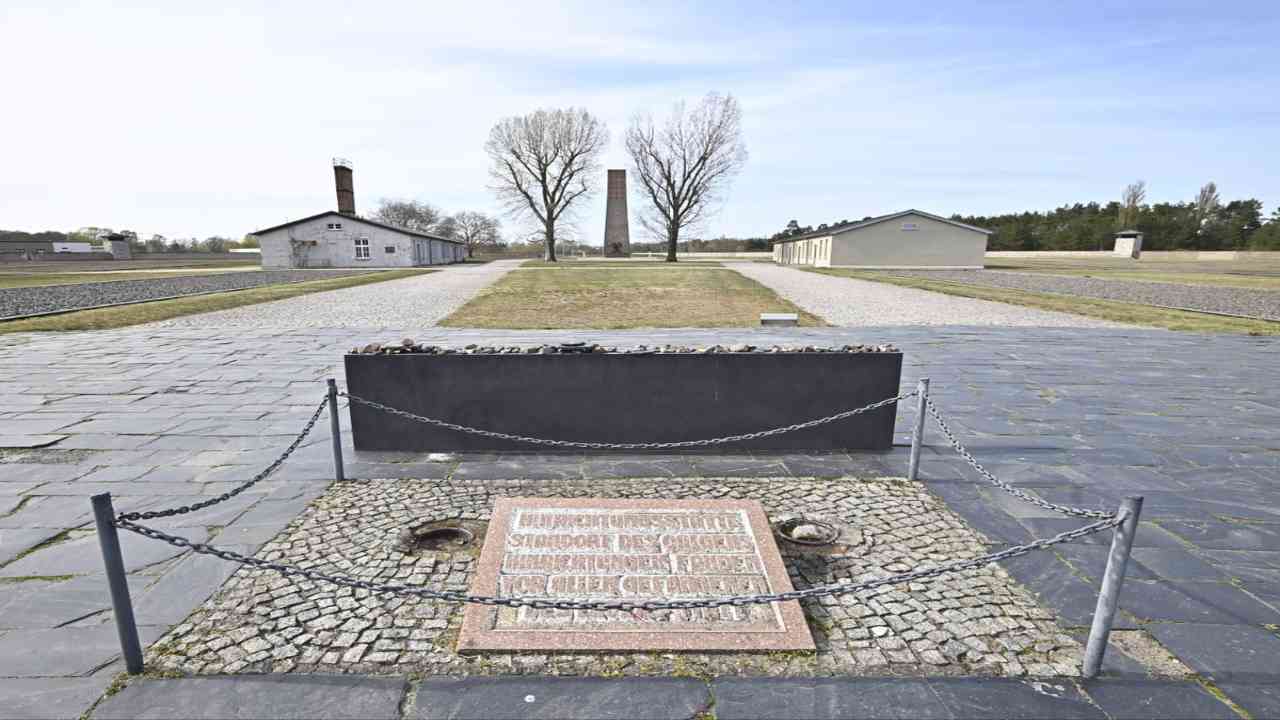Berlin held a ceremony on Thursday to bury the bone fragments of what scientists believe to be victims of crimes committed in the name of science including in the Nazi era, that were uncovered in recent years. Fragments of human and animal bones were first found by chance on the campus of Berlin’s Free University in 2014 during construction work. It was suspected that they originated from the Kaiser Wilhelm Institute of Anthropology, Human Heredity, and Eugenics, which stood on the site from 1927 to 1945.
The institute was connected not only with colonial crimes due to its ethnological collections but also National Socialist crimes, Free University President Guenter Ziegler said at the ceremony on Thursday at a cemetery in western Berlin. Scientists carried out excavations in order to find out more about the remains. In total they uncovered around 16,000 heavily fragmented bones.
Residues of glue and evidence of labeling on some of the fragments, together with an absence of modern medical interventions, suggested that many of the bones may have been part of anthropological or archaeological collections, the university said. They were buried in five wooden boxes by a grey tombstone reading “Victims in the name of science” in a ceremony attended by representatives for groups that were persecuted in both colonial and Nazi times.
Those groups had voted against further analyses of the human bones in favour of giving the remains a dignified burial. “We do not know who the people were that we bury here today. However, it is very likely that some of the fragments can be traced back to Nazi victims,” said Dotschy Reinhardt, chairwoman of the Central Council of Sinti and Roma in Berlin-Brandenburg.
“The trail leads back to a collaboration between the former Kaiser Wilhelm Institute and the camp doctor at Auschwitz-Birkenau, Josef Mengele,” who experimented on inmates at Auschwitz concentration camp with the aim of proving Nazi racial theories. Daniel Botmann, director of the Central Council of Jews in Germany, said the presence of mourners were “helping to ensure that the stories of the victims continue to be told or are even told for the first time.”
“Our mourning today over the crimes of the past creates the collective memorials of tomorrow,” he said.
(This story has not been edited by Newsd staff and is auto-generated from a syndicated feed.)


















